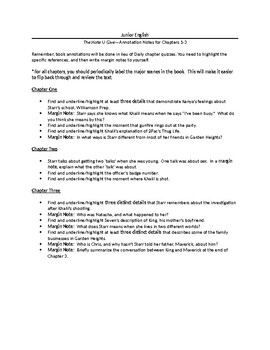



One workplace in desperate need of intelligent, hard-working people was NACA, and African American women in particular applied in droves to land coveted jobs as computers. In the 1940s, women began to join the workforce due to the void left in the workplace by the men who were fighting in WWII. In her book Hidden Figures, first-time author Margot Lee Shetterly tells the untold story of African American women who contributed to the United States winning the space race. The author interweaves American history, science, and biography to tell the story of these remarkable women who have been hidden from history for too long. Katherine Johnson also went on to do the calculations for the lunar rendezvous during the first American moon landing. Each of the three women contributed in a different way to John Glenn’s orbit around the Earth, especially Katherine Johnson, who Glenn implicitly trusted to double check the trajectory of the orbit. However, their extreme intelligence and iron helped them to break through the barriers of racism and sexism and ascend in the ranks at Langley. While excelling in extensive courses in aerodynamics, they were still subjected to racism and sexism. Johnson and Jackson soon left the computing office to train in engineering and mathematics. Dorothy Vaughn, a pragmatic math whiz, began to work in the West Area computing office along with Katherine Johnson and Mary Jackson. Two years prior President Roosevelt had signed two executive orders to desegregate the defense industry and provide fair employment practices, which opened the door for African American women to apply at Langley. Luckily for Melvin, there were several women in the area eager to work. The problem? It was 1943 and most men of working age were fighting in WWII. Melvin Butler was a man with a problem-he needed to hire several new employees to fill positions at Langley Memorial Aeronautical Laboratory. In Hidden Figures, the author chronicles the real-life journey of three African American women who played differing roles in helping to launch the first American to the moon.


 0 kommentar(er)
0 kommentar(er)
